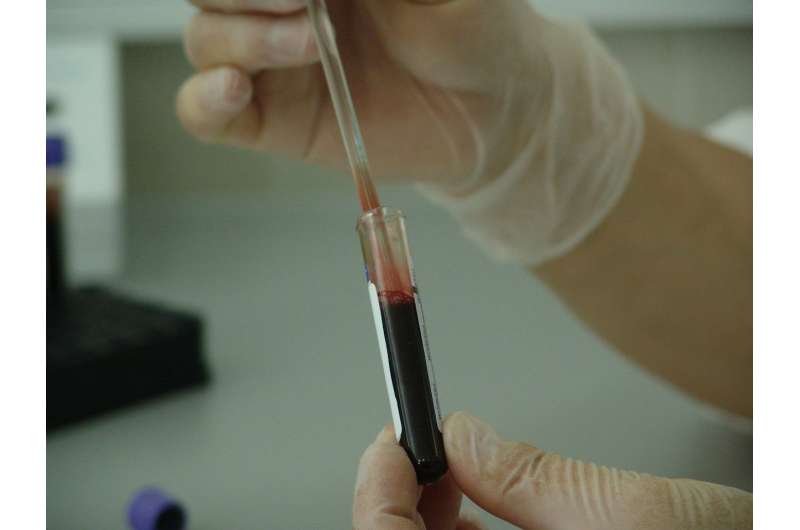Premier League: How Kit Colors Influence Team Performance and Visibility

Research shows that team kit colors in the Premier League influence performance, perception, and visibility. From red kits boosting success to the camouflage effects of dull colors, explore how color science affects football outcomes.
As the new Premier League season begins, fans are excited not only about player signings and matchups but also about the kits teams will wear. Interestingly, scientific research indicates that the color of team uniforms can have a real impact on performance, perception, and even game outcomes.
A well-documented phenomenon in sports science is the advantage associated with wearing red apparel. Historically, over half of all league champions have sported red kits at home. Additionally, studies analyzing combat sports during the 2004 Olympics revealed that opponents wearing red had higher chances of winning, suggesting a psychological or physiological edge linked to the color.
This pattern extends beyond football. Research in rugby, esports, and other sports has demonstrated that red can influence perceptions of dominance and aggression. Wearing red may boost an athlete's feelings of authority, while opponents in red are often perceived as more threatening. Psychological experiments also show referees tend to award more points to fighters in red, and football strikers are less likely to score against a goalkeeper dressed in red.
Color choice goes beyond red. High-visibility colors such as gold or white can enhance a team's presence on the pitch. Colors that create high contrast with the playing surface—like white kits for Chelsea or Nottingham Forest—are beneficial for player detection during fast-paced moments. Additionally, patterns like stripes or block colors can help spectators and players distinguish moving objects more easily.
Interestingly, despite the advantages of bright or distinct colors, some clubs opt for muted or camouflage-style kits. For example, Manchester United's infamous gray away kit in 1996 blended into the stadium surroundings, impairing visibility and leading to poor performance—a decision that was reversed mid-game. Such camouflage effects take inspiration from animal survival strategies, where muted tones help avoid detection.
In contrast, teams choosing darker shades, like black, face the risk of blending into the background, especially in overcast or low-light conditions. Tottenham Hotspur, Manchester City, and Aston Villa have recently adopted black away shirts, which could hinder teammate visibility. Similarly, vibrant but bright kits, such as Newcastle's green away kit, can sometimes merge with the turf, reducing peripheral awareness.
From a biological and optical perspective, phenomena like countershading—a gradient from dark to light—can make players less detectable in bright sunlight, a tactic used by animals to avoid predators. Soccer clubs often ignore these scientific insights because commercial considerations, rather than performance, drive kit designs. Novel, eye-catching colors boost merchandise sales, fostering a brand identity that may override performance considerations.
In conclusion, the science of color in sports reveals that kit choices involve more than aesthetics—they impact visibility, perception, and psychological edge. While marketing often shapes these decisions, players and coaches should consider the strategic advantages that well-chosen colors and patterns can bring in competitive contexts, especially in a sport where fine margins determine success.
Stay Updated with Mia's Feed
Get the latest health & wellness insights delivered straight to your inbox.
Related Articles
Effectiveness of Two Forms of Ketamine Therapy in Treating Resistant Depression
A groundbreaking study compares intravenous ketamine and intranasal esketamine, revealing quicker and more substantial improvements in treatment-resistant depression, guiding clinicians toward personalized therapy choices.
Innovative RNA Modification-Based Liquid Biopsy Detects Early Colorectal Cancer with High Precision
A groundbreaking blood test using RNA modifications has achieved 95% accuracy in detecting early-stage colorectal cancer, promising a highly sensitive, non-invasive diagnostic tool.
Study Shows Pulmonary Vein Isolation with Pulsed Field Ablation Similar in Effectiveness to Radiofrequency Ablation for Paroxysmal Atrial Fibrillation
A new study at ESC Congress 2025 shows that pulsed field ablation offers similar effectiveness to radiofrequency ablation for paroxysmal atrial fibrillation, with shorter procedure times and fewer complications.



